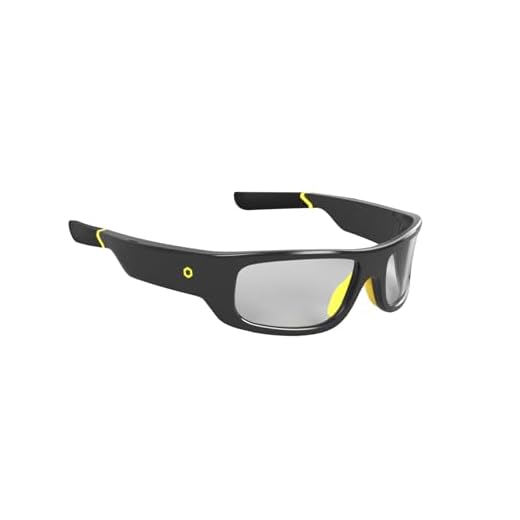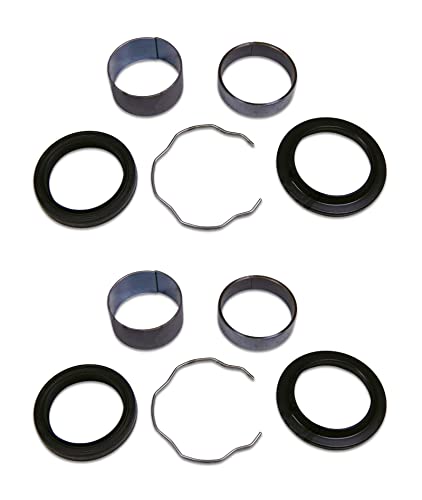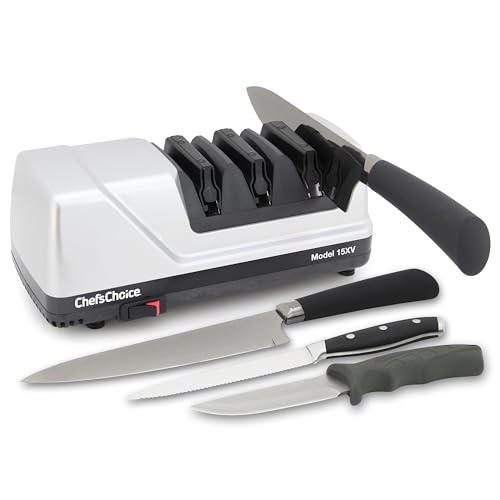




Knife sharpening is an essential skill that every Boy Scout should master. Whether you’re preparing for a camping trip or simply need to sharpen your trusty pocket knife, a sharp blade is crucial for efficiency and safety. In this guide, we will walk you through the step-by-step process of sharpening a knife, ensuring it stays in prime condition for all your outdoor adventures.
Why is knife sharpening important?
First and foremost, a sharp knife is safer to use than a dull one. When a blade is dull, it requires more force to cut, increasing the risk of slipping and causing accidents. On the other hand, a sharp knife effortlessly glides through materials, minimizing the chances of injuries. Additionally, a well-sharpened knife is more efficient, enabling you to complete tasks quickly and effectively.
Step 1: Gather the necessary tools
Before you start sharpening, ensure you have the right tools at hand. You will need a sharpening stone or whetstone, water or honing oil, and a strop. The sharpening stone will be used to grind the blade, the honing oil or water will provide lubrication, and the strop will help refine the edge.
Step 2: Prepare the sharpening stone
Next, soak the sharpening stone in water for about 10 to 15 minutes or according to the manufacturer’s instructions. This will prevent the stone from drying out during the sharpening process and ensure optimal results. Alternatively, if you are using a whetstone, lubricate it with honing oil.
Step 3: Position the knife
Hold the knife firmly with one hand and place the blade on the sharpening stone at a 20-degree angle. This angle ensures a fine edge while maintaining stability during the sharpening process. Remember to keep your fingers away from the blade and use caution throughout.
Knife Sharpening Basics for Boy Scouts
Sharpening a knife is an essential skill for Boy Scouts. A sharp knife is not only safer to use, but it also makes tasks such as preparing food or cutting rope much easier. Here are some basic steps to help you sharpen your knife:
-
Gather the necessary materials. You will need a sharpening stone or a honing guide, water or honing oil, and a cloth or towel.
-
Prepare the sharpening stone. If you’re using a water stone, soak it in water for about 10 minutes. If you’re using a honing guide, attach it to a stable surface.
-
Hold the knife correctly. Grasp the handle firmly with your dominant hand and place your other hand on the blade, ensuring that your fingers are away from the cutting edge.
-
Position the knife on the sharpening stone or in the honing guide. The blade should be at a 20-degree angle to the stone or guide.
-
Begin the sharpening process. While applying light pressure, slide the knife across the stone or guide, moving from the base to the tip of the blade. Repeat this process several times.
-
Test the sharpness. Carefully run your thumb along the blade’s edge to check for any burrs or rough areas. If necessary, repeat the sharpening process until the knife is sharp.
-
Clean and dry the knife. Use a cloth or towel to remove any metal filings or residue from the blade.
Remember, knife sharpening requires patience and practice. It’s important to take your time and focus on maintaining a consistent angle throughout the process. With enough practice, you will become skilled at sharpening knives and ensure they are always sharp and ready for use during your Boy Scouts adventures.
The Importance of a Sharp Knife
A sharp knife is an essential tool for every boy scout. It not only makes tasks easier and more efficient, but it also ensures safety and accuracy. Here are the main reasons why having a sharp knife is so important:
1. Safety: A sharp knife is much safer to use than a dull one. When a knife is dull, it requires more force to cut, increasing the risk of slips and accidents. A sharp knife allows for better control and minimizes the chances of injuring yourself or others.
2. Efficiency: A sharp knife makes tasks much easier and quicker to complete. Whether you need to cut through rope, prepare food, or carve wood, a sharp knife will require less effort. It allows you to work more efficiently and enjoy your scouting activities without unnecessary struggles.
3. Accuracy: When a knife is sharp, it provides greater precision and control. This is particularly important when performing delicate tasks such as whittling or creating intricate designs. A sharp knife ensures that you can achieve the desired outcome without compromising on quality.
4. Versatility: A sharp knife is a versatile tool that can be used for a wide range of tasks. From cooking and first aid to camping and survival skills, a sharp knife is indispensable. It allows you to tackle various tasks effectively and adapt to different situations.
5. Longevity: Properly maintaining the sharpness of your knife prolongs its lifespan. Regularly sharpening your knife will prevent it from becoming dull and damaged. By taking care of your knife, you will be able to use it for longer and avoid the need for frequent replacements.
In conclusion, a sharp knife is a fundamental tool for boy scouts. It enhances safety, efficiency, accuracy, versatility, and longevity. Investing time in keeping your knife sharp will greatly benefit your scouting experience and ensure that you are always ready for any task that comes your way.
Knife Sharpening Techniques
Properly sharpening a knife is an essential skill for any Boy Scout. A sharp knife is not only safer to use, but it also makes tasks such as cutting rope and preparing food much easier. Here are a few knife sharpening techniques to help you keep your blade in top condition:
- Using a whetstone: A whetstone is a classic tool for sharpening knives. To use it, wet the stone and hold the knife at a 20-degree angle. Swipe the blade back and forth across the stone in a smooth, consistent motion, applying light pressure. Repeat this process on both sides of the blade until you achieve the desired sharpness.
- Sharpening with a honing rod: A honing rod, also known as a sharpening steel, is a long, rod-shaped tool with a handle. Hold the rod upright in one hand and place the tip of the knife against the base of the rod. Keeping a 20-degree angle, swipe the blade down the rod, pulling it towards you. Repeat this process several times on each side of the blade.
- Using a knife sharpener: Electric knife sharpeners are a convenient option for quickly sharpening a knife. Simply insert the blade into the designated slot and let the machine do the work. Be sure to follow the instructions provided with the sharpener and exercise caution while operating it.
Remember to exercise caution when sharpening a knife and always prioritize safety. Keep your fingers away from the blade, maintain proper knife control, and work in a well-lit area. With practice, you’ll become proficient in sharpening your knives and keeping them in optimal condition for all your scouting adventures. Happy sharpening!
Safety Tips for Knife Sharpening
Knife sharpening is an essential skill for Boy Scouts, but it is important to prioritize safety throughout the process. Here are some important safety tips to keep in mind when sharpening a knife:
| Tip 1: | Always work in a well-ventilated area to avoid inhaling any metal filings or dust. |
| Tip 2: | Wear proper safety gear, including gloves and safety glasses, to protect yourself from potential accidents. |
| Tip 3: | Ensure that the knife is securely fastened in a stable position before starting the sharpening process. |
| Tip 4: | Use the appropriate sharpening tools for the type of knife you are working with. Match the angle of the blade to the sharpening tool to achieve the best results. |
| Tip 5: | Always sharpen the knife away from your body and keep your fingers away from the blade to prevent accidental cuts. |
| Tip 6: | Take breaks when necessary to avoid fatigue, as tiredness can increase the risk of accidents. |
| Tip 7: | After sharpening the knife, carefully clean any metal filings or debris from the blade to avoid potential injuries. |
| Tip 8: | Always store your sharp knives in a safe and secure place, away from the reach of children or anyone who is not trained in knife handling. |
| Tip 9: | Regularly inspect your knives for any signs of damage or wear and replace or repair them as needed to maintain safety. |
| Tip 10: | If you are unsure about the proper technique for sharpening a knife, seek guidance from an experienced adult or instructor. |
By following these safety tips, Boy Scouts can ensure that they can sharpen their knives effectively while minimizing the risk of accidents or injuries.





